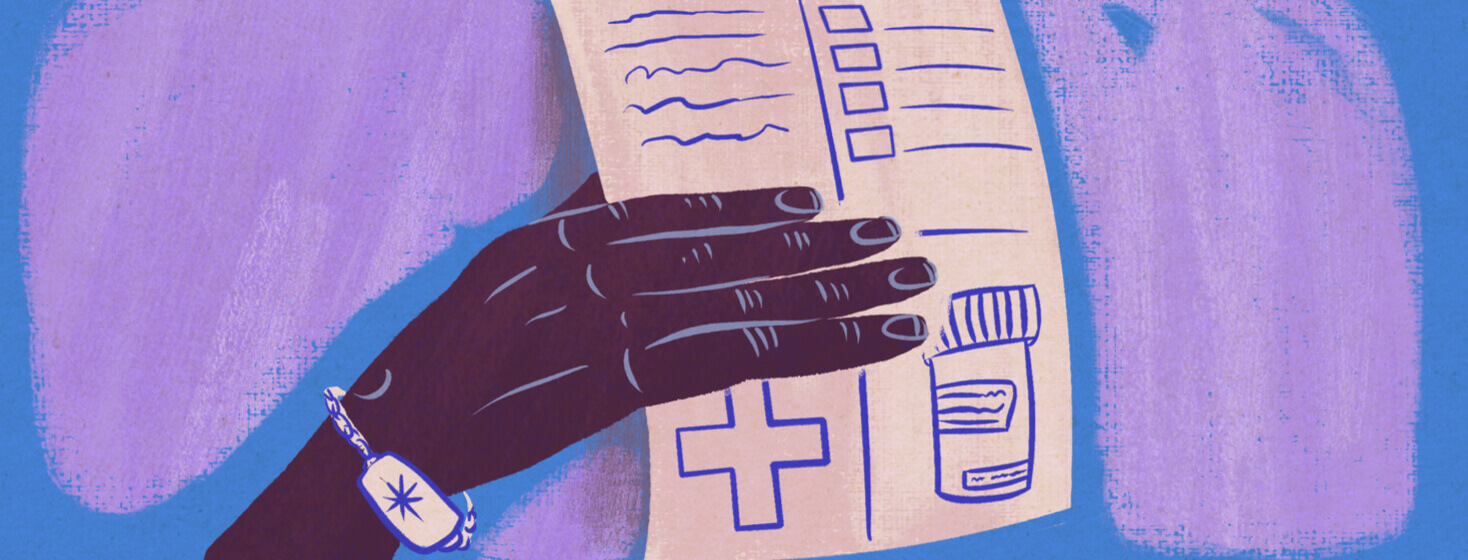3 Tips for Creating an Emergency Room Plan with Cluster Headaches
Going to the emergency room is the last resort for established cluster headache patients. However, it's often the first step for someone experiencing their first few attacks. The sudden nature of the "beast" makes us think we're having a stroke or aneurysm. Cluster headache symptoms mimic signs of a brain tumor, which is why it's essential to have an MRI before making the diagnosis.
Do you have cluster headache?
If you're reading this, you probably already know you have cluster headaches. If not, you probably have an inkling this is the culprit behind your cyclical pain.
My fair share of ER visits
I've been to my fair share of emergency rooms and urgent cares in the 14 years I've had episodic cluster headaches. My visits were overall disappointing. One, in particular, treated me like a drug seeker when I came back the next day, explaining that hydrocodone did nothing for the pain.
My tricks to streamline the process
Around five years into living with cluster headaches, I'd had enough of listing my current medications, explaining my symptoms, and begging for proper treatment. I developed a few tricks to help streamline the process if I ever need to go to the ER again during a cluster headache cycle.
Bring a document with your information
I carry an 8x5 sheet of paper with me that is folded up in the back pocket of my purse for emergencies. It lists:
- My current insurance information, including the phone number to call for physicians.
- Doctor's names and phone and fax numbers.
- All medications and supplements I take, including the dosages and how often.
- High-flow oxygen as an "as needed" therapy with my oxygen supplier's information and my prescription details.
- My contact information such as full name, phone, address, and diagnosed conditions.
- A notes section for further details.
It serves many purposes
I've used this sheet several times, though not once for cluster headaches. It was helpful when I was rushed to the ER due to unexplained abdominal pain, and it's useful when I see a new doctor. One nurse remarked how nice it was to have the information in front of her, so she didn't need to ask me dozens of questions. I was able to see the doctor and get testing done sooner than if we relied on the usual back and forth.
Consider a medical ID bracelet
I wore a medical ID bracelet for five years when my cluster headaches were out of control. I worried I wouldn't have the capacity to tell EMS or other emergency personnel that I needed oxygen.
How do I get a medical ID bracelet?
Did you know you don't need a prescription or doctor's orders to get one of these bracelets? You fill out the information and design the bracelet yourself. My medical bracelet has my full name, diagnosis, emergency contact, and says "high-flow oxygen needed." While I've never had to test this theory, I've been told emergency personnel are more likely to take you seriously if you have one of these.
Be prepared to fight for oxygen
You may find a rare gem among the emergency room employees who have heard of cluster headaches and understand how to treat them but don't plan on it. Most cluster headache patients have to tell ER staff that they need at least 12-15 liters per minute (lpm) through a non-rebreather mask. Otherwise, they will try to give you low flow (5 lpm) with a nasal cannula. They may or may not administer proper oxygen treatment when you're there. That's why many "clusterheads" go to their local fire department for oxygen instead.
Bring someone with you
If possible, bring someone with you to the emergency room. Preferably, this support person has seen you during an attack and understands the pain severity and treatment urgency.
I hope these tips can help your ER experience go better than most of mine. Some of them will help any time you see a new doctor or go to a new hospital.

Join the conversation